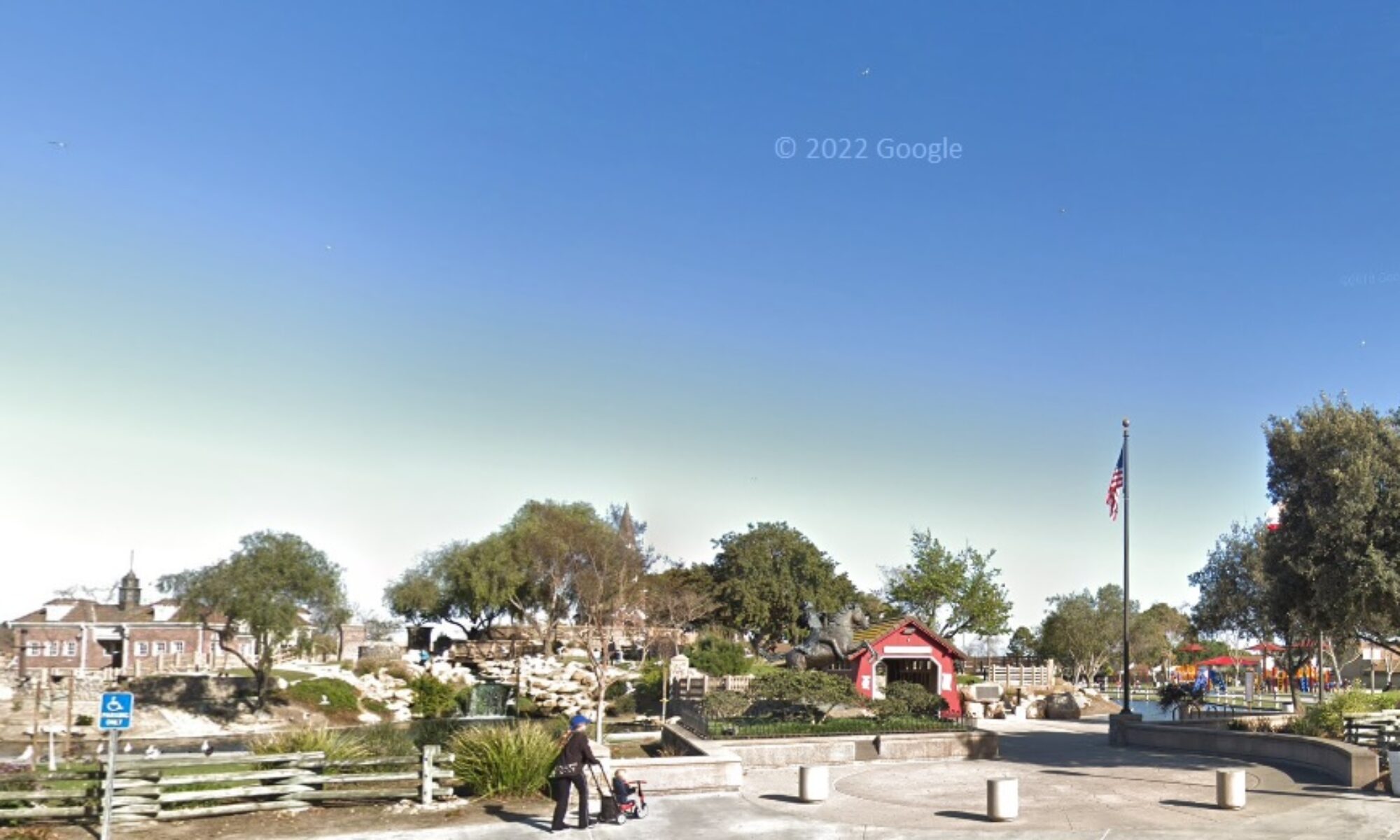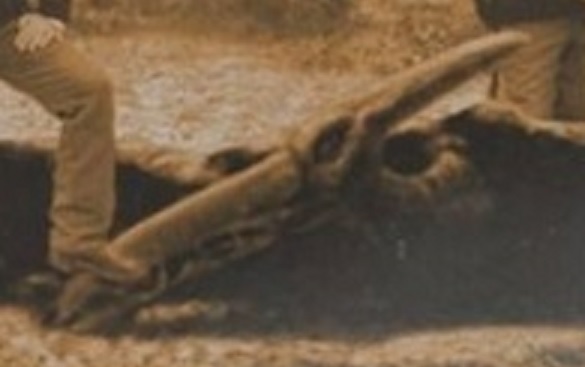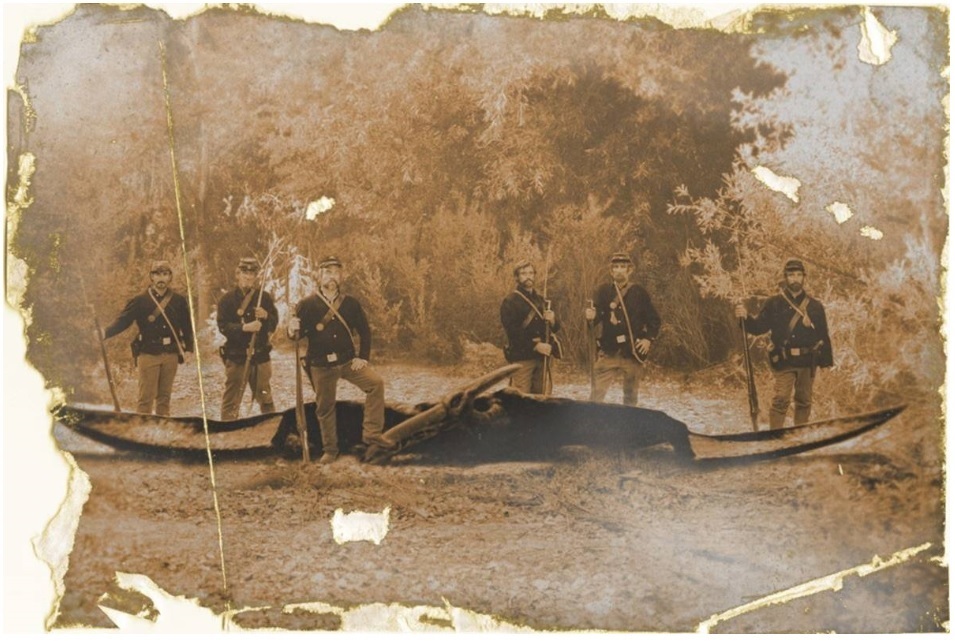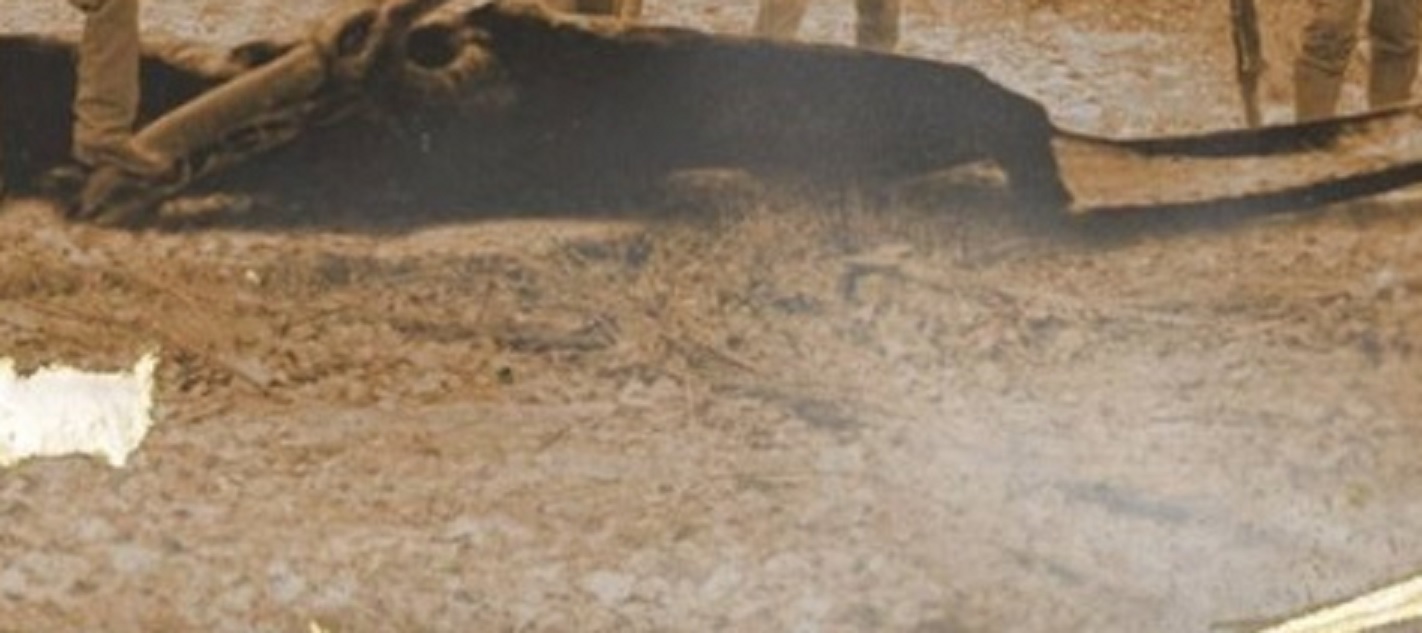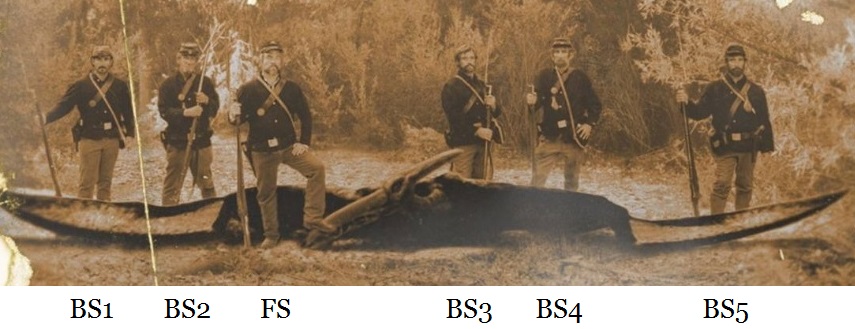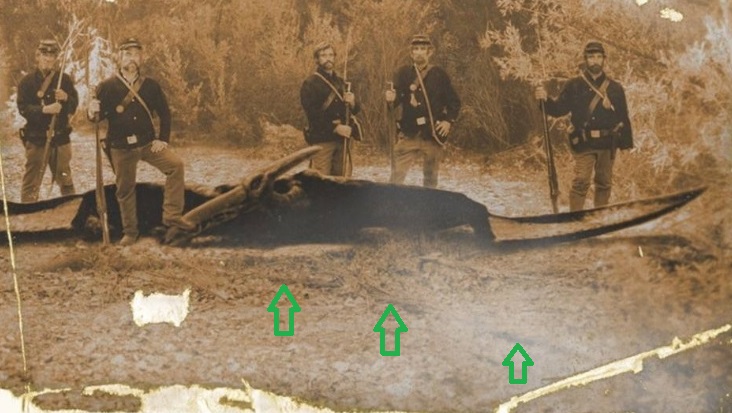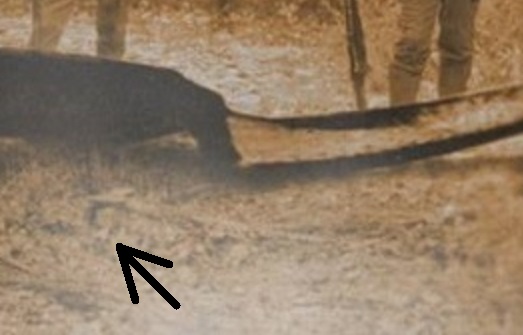By Jonathan Whitcomb
Over the past 19 years, I’ve written hundreds of blog posts about eyewitness reports of apparent modern pterosaurs. Some of those posts had many details on particular sightings, sometimes even a whole report on only one sighting. For now, consider a larger number of encounters but without going into much detail for any particular one: “pterodactyl” (or “dragon”) sightings in Southern California.
After that, we’ll get into *confirmation bias and how it may relate to research into these eyewitness accounts of apparent non-extinct pterodactyls (*one of many types of cognitive biases).
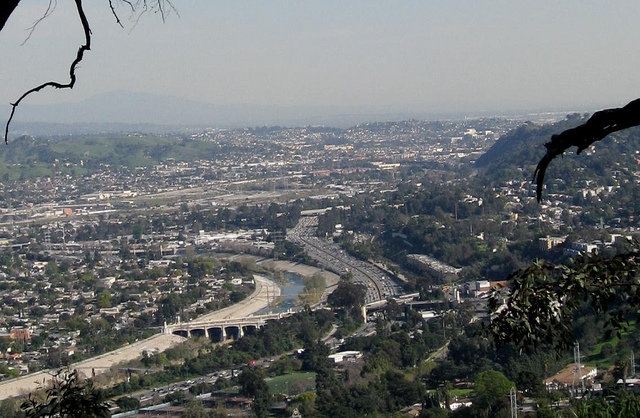
The Los Angeles River, east of Griffith Park (“dragons” seen)
.
The following accounts come from “Declaration on Eyewitness Reports of Apparent Living Pterosaurs” (online pdf), but these are only a fraction of the reports from California:
1) Altadena – late 1960’s – wingspan of . . . “length of a bus”
2) Anaheim – Jan 31, 2018 – “about 25 to 30 foot wingspan”
3) Hacienda Heights – about 1991 – “teeth showing out of its beak”
4) Lakewood – June 19, 2012 – “dragon-pterodactyl” [It was close to the eyewitness and this was in clear daylight.]
5) Long Beach – 2017 – “reminded me of a dragon”
6) Long Beach – August of 2017 – no feathers and a long tail
7) Long Beach – March of 2011 – “dragon . . . pterosaur” near Cherry and 15th Street [Note: Long Beach is near Lakewood.]
8) Los Angeles – March 3, 2013 – three dragons flying east of Griffith Park [Note: This was very close to the Los Angeles River]
9) Los Angeles – May 13, 2013 – east of Griffith Park – “NOT a bird” [Note: This was seen by a different eyewitness from #8 above]
10) Los Angeles – Mar 24, 2018, about 2:30 p.m. – living pterosaur near Griffith Park [See also #8 and #9 above]
11) Los Angeles – abt yr-2000 – south of U.S.C.; “diamond-end tail”
12) Pico Rivera – about 2006 – “like a bat and had a very long tail”
13) Riverside area (Lake Hills -probably in 2012 – very long tail and a head crest [Worldwide, a long tail is often reported for apparent pterosaurs, but a minority of these animals do not have a long tail]
14) Santa Ana area – 1989 – no feathers; triangular structure at tail end [Many sightings are in Orange County, California.]
.
Living Pterosaurs and Confirmation Bias
It’s almost universal with adult humans: the tendency to accept, or at least to consider, information that confirms what we already believe and reject what seems to threaten what we already believe. That’s confirmation bias.
On page 119 of my book Searching for Ropens and Finding God (fourth edition), I wrote, “. . . bias is not restricted to the thinking of those who hold a religious philosophy different from ones own, although this concept seems to have been overlooked by some critics of our investigations.”
Let’s look into a small part of a gigantic online post written by a man who is probably the world’s most prolific writer for attacking the idea that not all species of pterosaurs are extinct. I won’t link to that post but call it KGBi, the “Bi” meaning bias.
He’s been expanding that page for 16 years now, from 2004 until December 5, 2020. The present version has 40,676 words, and mentions my name 493 times. Put that in context: KGBi is more than four times longer than many short stories, and many books do not contain as many words as this online post.
It seems that the critic’s writings on KGBi must be partially motivated by something like a subconscious desire to disprove doubts in his own mind about what he is proclaiming. Why else would he spend so much of his life on this project? It’s surely not to convince the Western world that all pterosaurs have been extinct for a long time. We’ve already been taught that since early childhood.
This man seems to have fallen into three cognitive biases, including confirmation bias. When he was confronted by the idea that he had fallen into a confirmation bias, he responded by writing a new section in KGBi, one about confirmation bias. But he framed it to imply that those who disagreed with him were falling into that bias.
.
###
.
Living pterodactyls and confirmation bias
When we encounter a new idea seemingly related to something we already have an opinion on, we might fall into a confirmation bias. What’s that? It’s a tendency to process and analyze information in a way that confirms our previous ideas or convictions.
.
. . . these giant long-tailed flying creatures are not confined to the southwest Pacific: They are seen in the contiguous United States of America.
.
Pterodactyl sightings in press releases
Belief in “prehistoric” flying creatures in Papua New Guinea relates to culture more than to religion, according to nonfiction author Jonathan Whitcomb, of Murray, Utah.
.
Pterodactyl or dragon sightings in California
Some of the names used by eyewitnesses include ‘flying dinosaur’ and ‘prehistoric bird’ and ‘dinosaur bird,’ although the correct technical name for them is ‘pterosaur.’
.
Confirmation bias and modern pterosaurs
This skeptic [unnamed in this post] has made many mistakes, and appears, to me, to have fallen into both confirmation bias and belief perseverance.
.
Many ancient historians tell of winged serpents, or pterosaurs, inhabiting the swamp lands and deserts near Egypt.
.
Flying creatures like pterodactyls
How big do pterosaurs get? Wingspans vary widely, from analysis of the 128 sighting reports that were examined in detail near the end of 2012: from less than two feet on up to about forty-six feet.
.
Living pterosaurs and cognitive biases
Scientific skepticism can be useful, when a scientist is criticized on a particular point. It can sometimes allow him or her to make a needed correction and improve the original idea. But when extreme bias exists in either that scientist or the one doing the criticism, problems arise.
.
Ropen or pterodactyl in the southwest Pacific
A Youtube video on the channel “Protect Animal Life”
.
